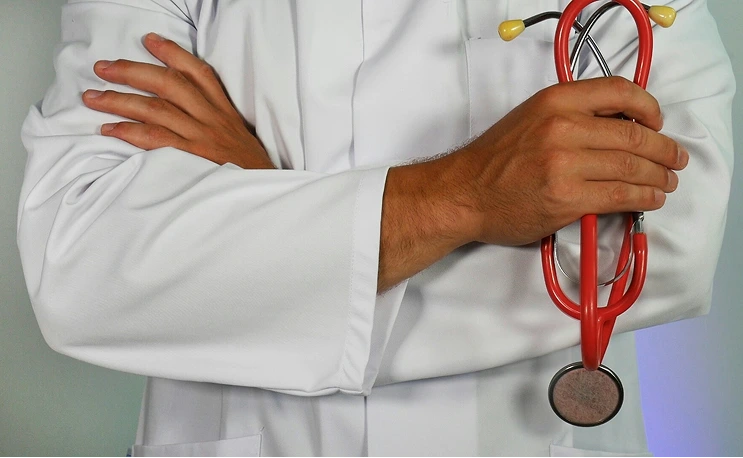Fractures of the odontoid process (dens) of the C2 vertebra are common cervical spine injuries, particularly in elderly patients. When the fracture pattern allows, direct anterior screw fixation represents an elegant solution that preserves the normal rotation of the atlantoaxial joint. This demanding technique involves placing one or two screws directly through the body of C2 and across the fracture line into the odontoid fragment, requiring exceptional precision to achieve proper fixation without injuring surrounding structures.
Robotic assistance significantly enhances the feasibility and safety of this technically challenging procedure. After supine positioning with a slight neck extension, the robotic system is registered to the patient's anatomy. A detailed 3D map is created, allowing precise planning of the screw trajectory to ensure it crosses the fracture site at the optimal angle while avoiding the spinal cord posteriorly. The robotic arm guides the drilling and screw placement with submillimeter precision, which is essential given the steep cephalad trajectory required and minimal room for error. This exceptional accuracy potentially improves fracture reduction and fixation while minimising the risk of screw malposition.
By facilitating this motion-preserving technique, robotic assistance may allow more patients to benefit from direct odontoid fixation rather than requiring atlantoaxial fusion, preserving natural biomechanics at this critical junction.

